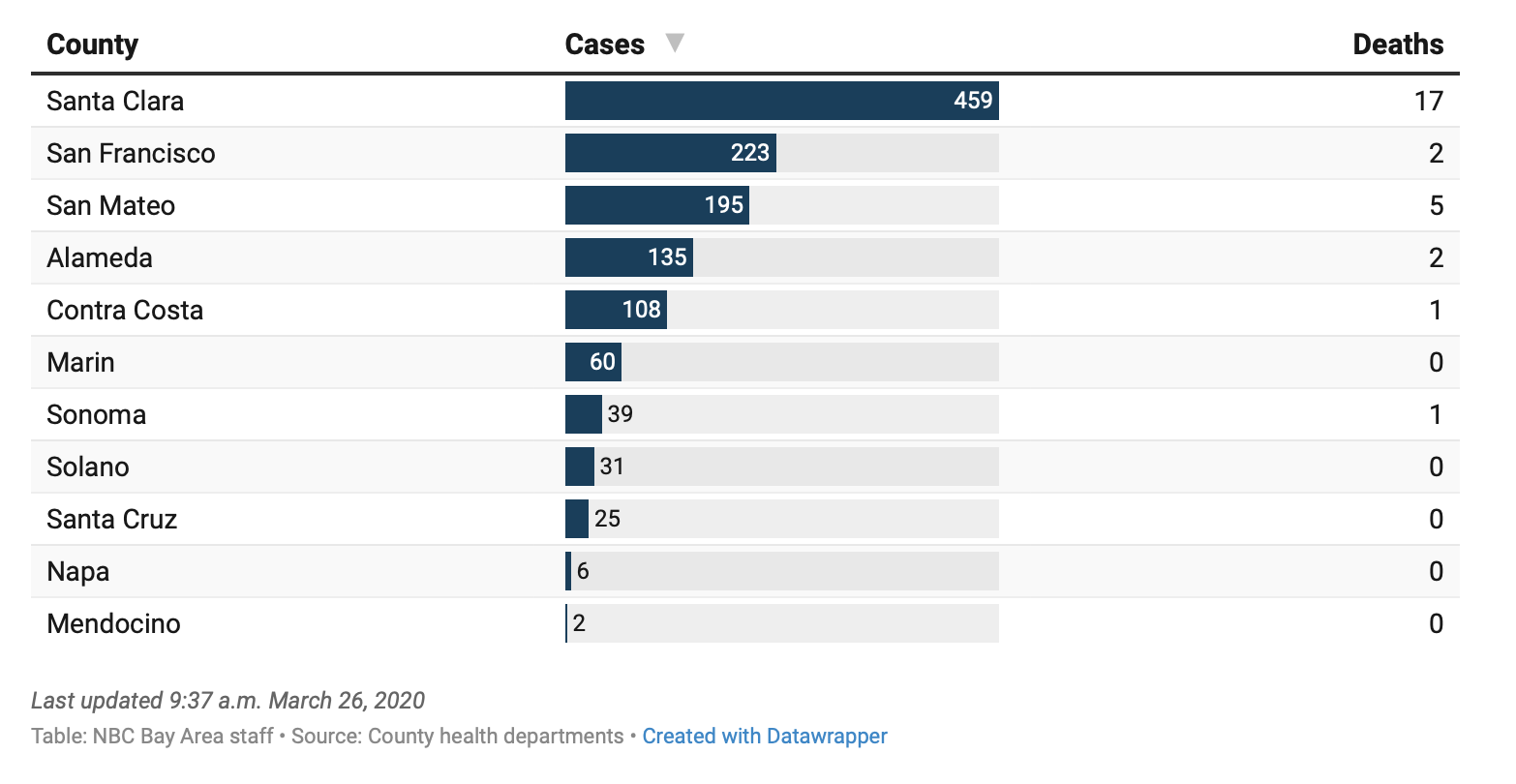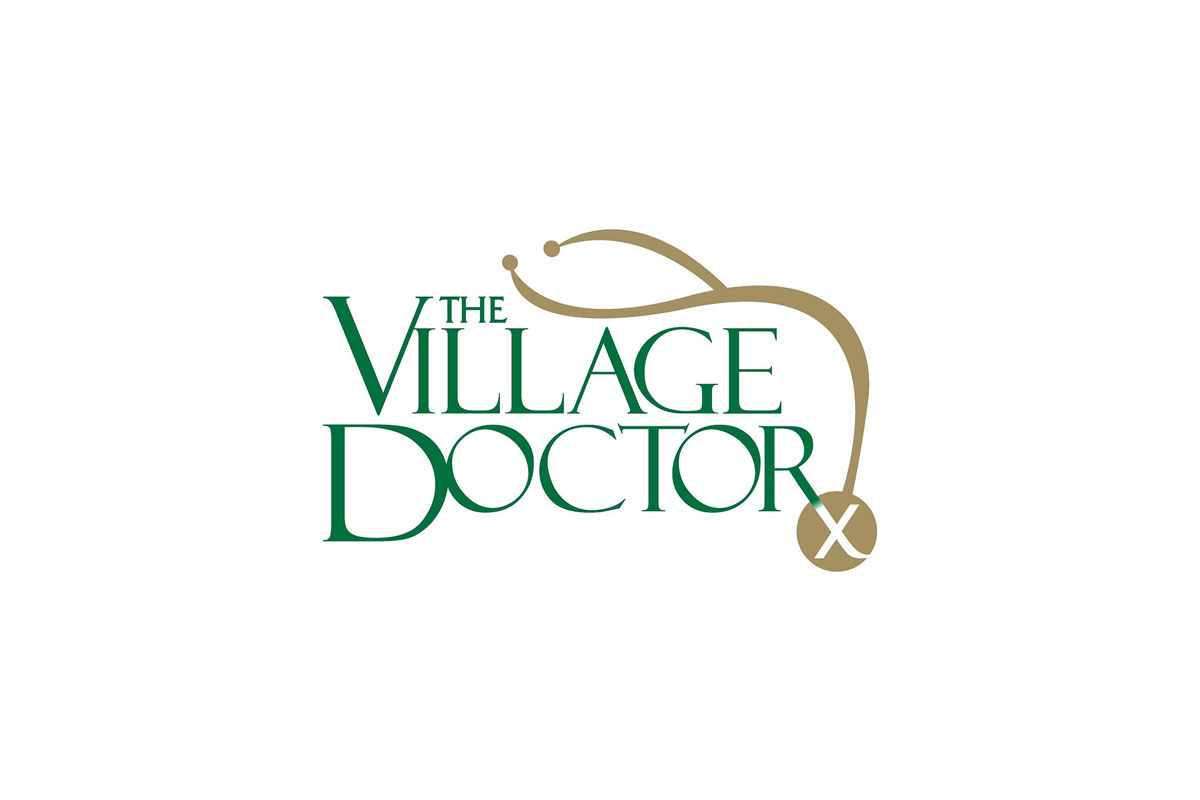First, a thank you to my friend and colleague, Dr. Benny Gavi, with whom we will be jointly sending out a weekly update. This based on our participation in Stanford “Town Halls” in both Internal Medicine and Emergency Medicine.
Our thoughts from yesterday:
- This week and next week, we will have a greater understanding of the effects of sheltering in place. As of now, we continue to see a gradual rise in Northern California, but not a spike in cases. The doubling time of cases is our area about 6 days. Last week Santa Clara had approximately 90 people hospitalized, this week it is at about 125 people hospitalized with COVID. We have not seen a surge of cases in the Bay Area hospitals, which has allowed for more time for surge planning, including creating more unit, surge teams, and training staff. The Stanford Emergency Department (ED) daily census has actually been down for a few days which has brought extra time for preparedness. Elective surgery has been canceled in most hospitals to prepare for COVID patients. The sheltering in place will hopefully slow the rise of new cases. At this rate, we may continue to see a gradual increase in hospitalization, but it will hopefully be manageable.
- The order to shelter in place has been active for about 10 days. We continue to see new cases every day and the sheltering in place is slowing (but not elimination) the growth. There will be about a 14 day lag until we see the full benefits of sheltering in place, so it will be informative to see the number of cases in the upcoming week.
- Stanford is participating in a trial of IV Remdesivir, which currently is showing the most promise for treating COVID. The company Gilead has been giving Remdesivir to other hospitals as part of their “compassionate” use program, however this will likely be changed, and Gilead will then preferentially provide the medication only to hospitals conducting trials. We are fortunate that Stanford is conducting several trials and has access to the medication. My understanding is that only about 15 hospitals in the US are trial centers.
- Many hospitals throughout the country and the world are treating with hydroxychloroquine and also azithromycin and most hospitals in the US are not able to provide IV Remdesivir. The combination of hydroxychloroquine and azithromycin may cause cardiac side effects. Lastly, a new trial of hydroxychloroquine (30 people) that came out today, unfortunately did NOT show benefit. However, antivirals may need to be given early in the illness (similar to Tamiflu) so we are awaiting more studies.
- The severity of the infection may be related to the initial dose of virus. ENT and ophthalmology physicians have had more severe cases, due to being physically close with patients and inhaling a higher dose of virus particles. Health care workers working with Coronavirus patients are at high risk especially if performing any kind of oxygen treatment, intubation or working near the face. In countries outside of the US, about 10% of infections involve healthcare providers. Hotels in the US are volunteering to offer hotel rooms to exposed or potentially infected health care workers so that they can keep the infection outside their home. Also, several restaurants have partnered to support the food industry and health care providers. Locally, a company called “Meals of Gratitude” will be delivering meals to health care providers caring for COVID patients.
- After a very slow start, testing is picking up in the Bay Area. Verily, a Google service, is coordinating testing in San Mateo and Santa Clara. Stanford Express Care is offering testing by appointments and drive by testing has been available outside of Stanford Emergency Department without an appointment. Stanford is opening up a third testing site on Stanford Campus on Galvez Street. Currently Stanford is testing hundreds of people daily with capacity to exceed a thousand of people daily. The lab is running more than one thousand tests per day and supporting the testing for other hospitals and health care system. Additionally, Kaiser is doing tests in house now, freeing up capacity at Stanford, who had been running all of Kaiser’s tests. We are fortunate to have a private institution able to do so much testing. Santa Clara County reported on Monday that since the outbreak started they only completed a total of about 1000 tests (which is unfortunate and low).
- By far the biggest problem in the short term is the availability of N95 masks to protect health care providers as they test for Coronavirus or provide care to hospitalized patients. Stanford has put out several messages asking people in the community to donate N95 masks. 3D printing has been put in play to print face shields so that existing N95 masks can be reused. Note that even with careful attention to indication, Stanford is using 2500 N95 masks per day.
- New York is expected to have a very bad week, and unfortunately, will demonstrate to the rest of the US what can occur if we are not careful with this disease, and the importance of sheltering in place.
- Los Angeles is seeing a rapid rise in cases, but hopefully will be contained soon. Florida may see a rise this week due to delays in sheltering in place.
- Despite seeing very early cases and the first cases of community spread, Washington, Oregon and Northern California have not seen an exponential rise in new cases. There may be many factors, but I think we began to modify our behavior early. We are in our second week of sheltering in place, so I hope that we may see the number of new cases per day decrease in the next 1-2 weeks. While sheltering in place is difficult, it does appear to work.
- We are seeing tons of research come out daily. Never has the global scientific community rallied to understand a disease condition and share information. While we got a late start on Coronavirus, I believe that in the next few weeks to months, we will see many more developments. I hope that in a few weeks or months we will have more home testing, more rapid diagnostics and more therapeutic options.
- It believed that a COVID infection may provide future immunity against COVID. Stanford is working on a test to see if people have been exposed to COVID and whether that may provide immunity.
- Pregnancy does not seem to put women at increased risk of severe disease.
Thank you again, Dr. Gavi for your collaborative spirit!
In closing, some data from today and an excellent overview article from The NY Times.

Stay safe, stay home, wash your hands, stay home.
In health,
Eric Weiss & Benny Gavi


